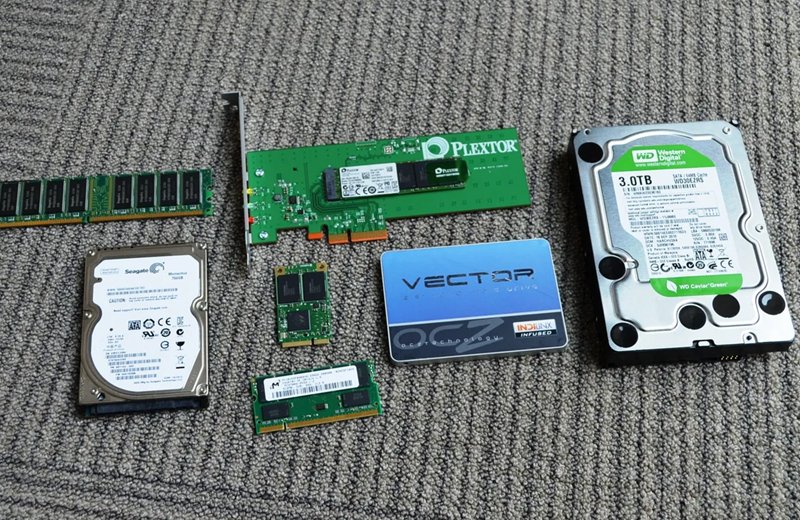In a computer, there are tens of thousands of accessories, but there are always some accessories that people don’t understand, such as memory and storage. Here are some differences between them.
Memory and storage play different roles in a computer. Memory is for temporary data access needs, while storage is for long-term retention of data and other files.
1. After the operating system is shut down, the data will change
Memory is usually volatile, meaning data is only retained while the operating system is running. Memory is usually non-volatile, so they retain data when the operating system is shut down.
2. Storage space
Memory is where an application places the data it uses during processing. Whereas memory is where data is stored for long-term or short-term retention. Storage drives are hard disk drives (HDDs), but these days, solid-state drives (SSDs) with flash modules are commonly used for primary storage. System memory often referred to as random access memory (RAM), is faster to access than hard disks or flash memory, but is usually more expensive per unit of capacity.
3. Access Speed
In general, the access speed of storage is slower than that of memory, and the access speed of HDD hard disk is slower than that of flash-based SSD hard disk. RAM is used as a computer’s short-term storage and can read and write at much faster speeds than hard disk drives (HDDs), solid-state drives (SSDs), and other types of hard drives used to store data. A computer’s CPU relies on memory to quickly get the data and applications it needs to run.
4. Connection method
Unlike memory, memory is not directly connected to the CPU. The interface that connects the memory to the CPU also affects the speed of the memory. Memory consists of microchips combined into memory modules. These modules plug into the computer’s motherboard and then connect to the CPU via a bus. The amount of memory on a computer is usually small compared to the amount of storage.

Hi~Living Deals from “Gametime”



